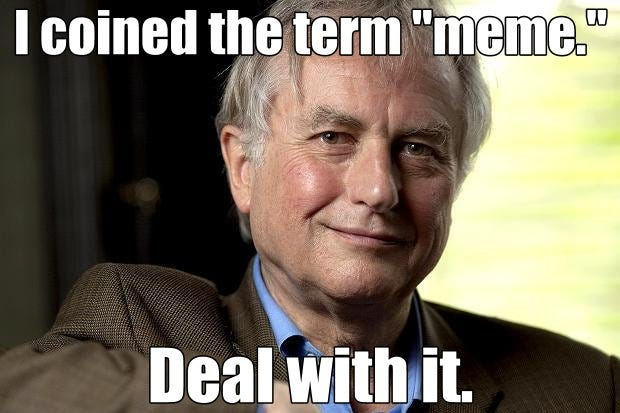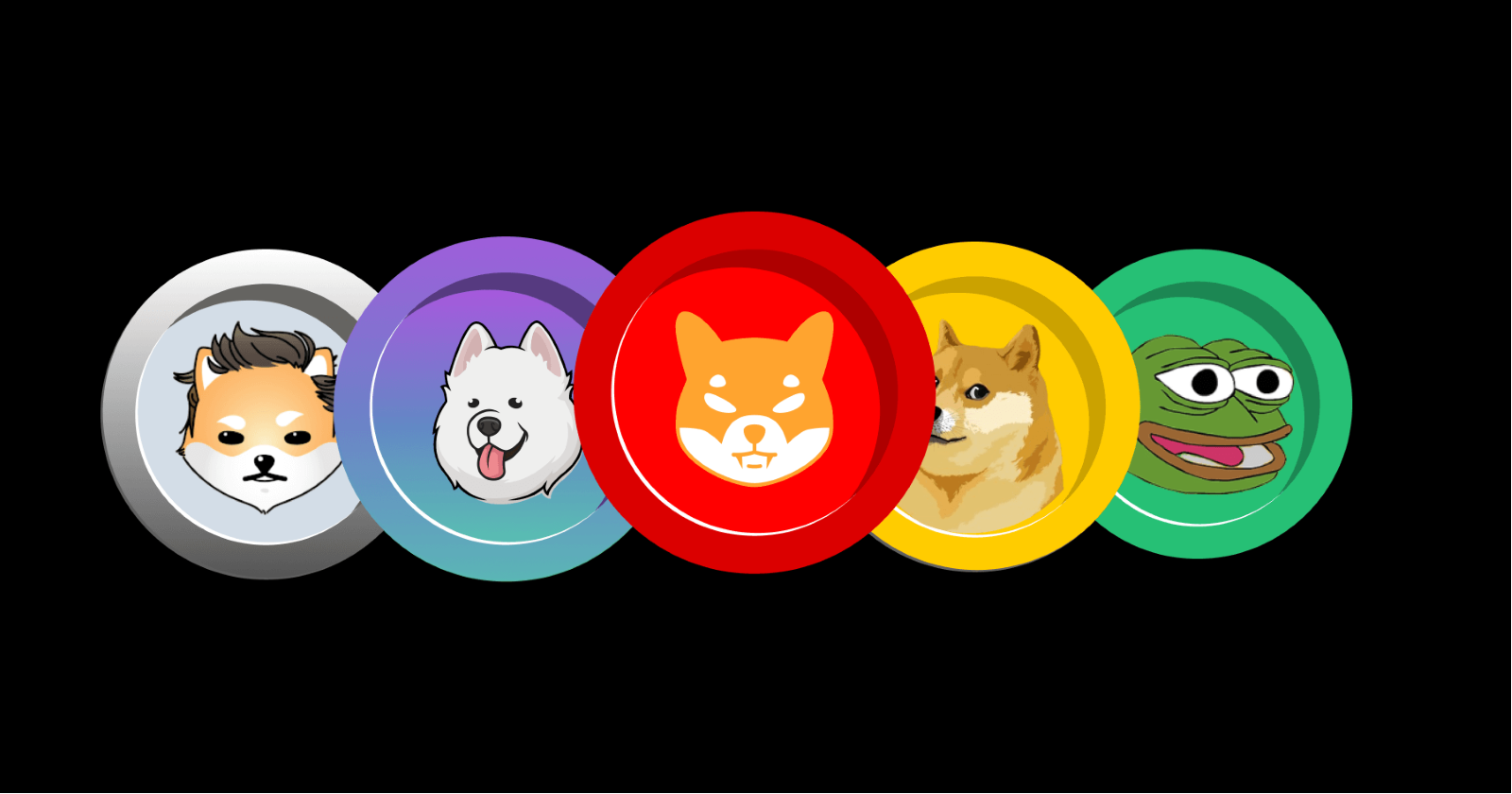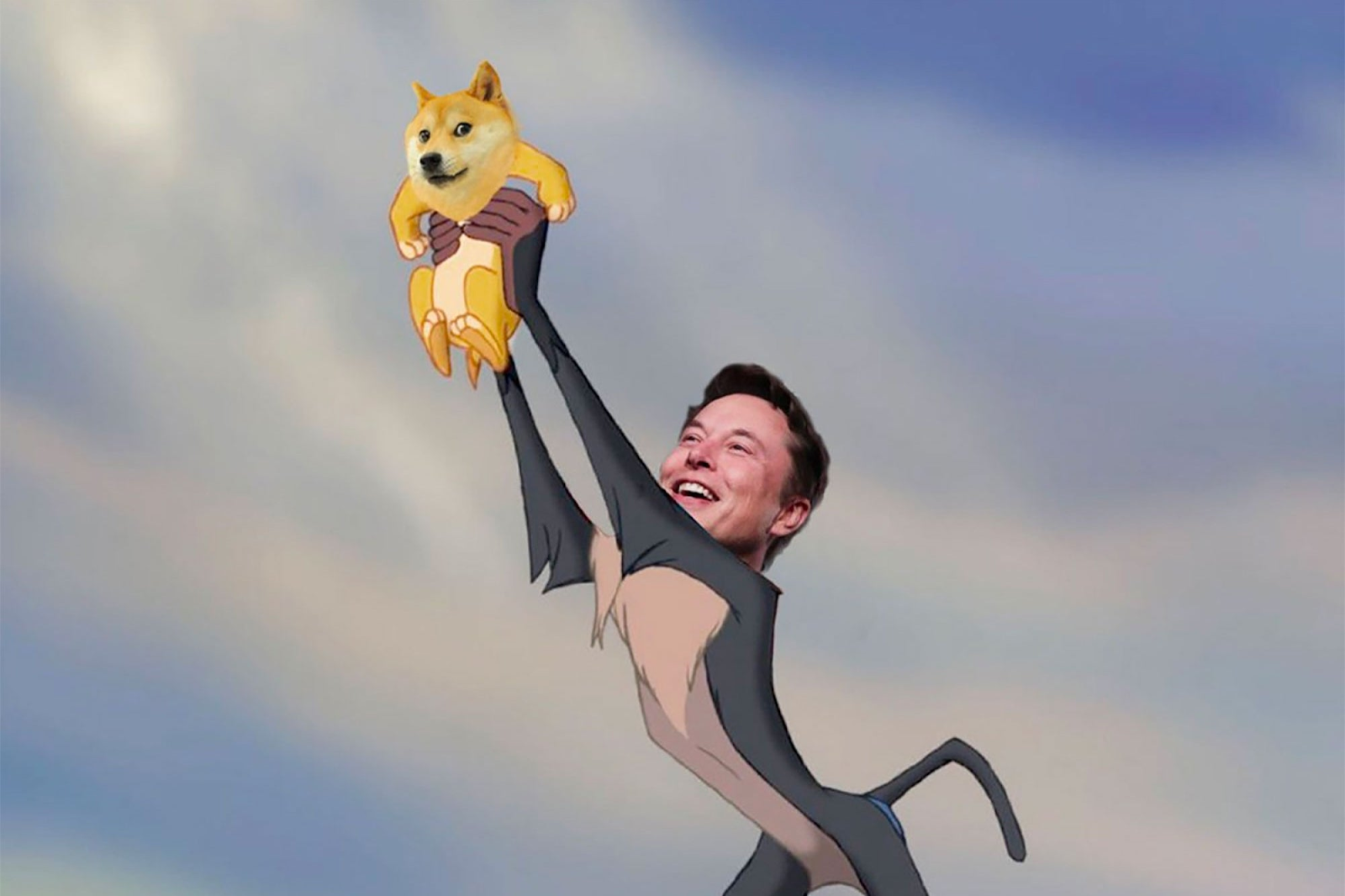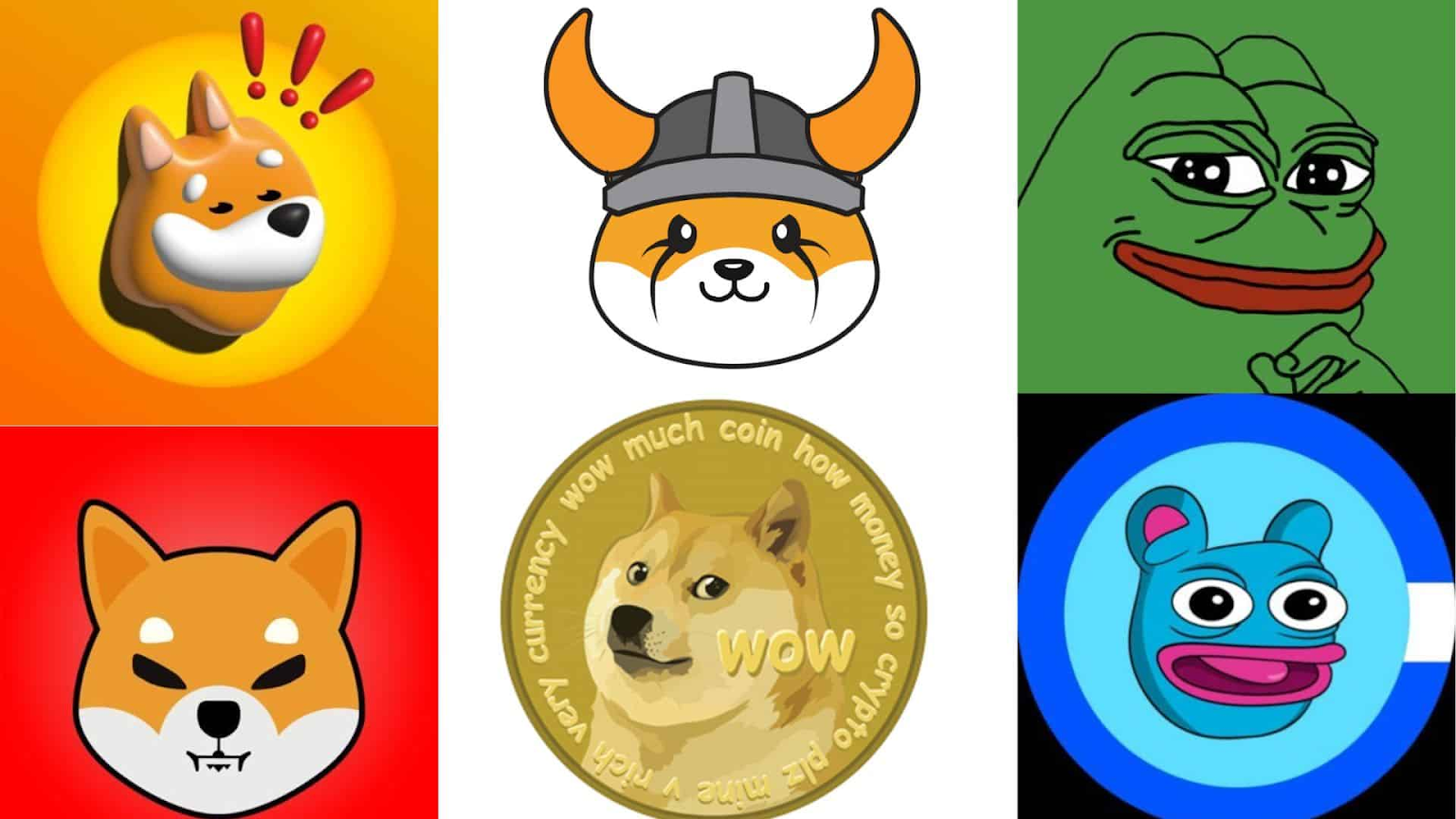


If you’ve spent any time on the internet, you’ve probably come across a meme. It could be in the form of a funny image, a video, a GIF, or even a catchy phrase. Memes are everywhere online!

But did you know that memes have also made their way into the world of cryptocurrencies? That’s right! Crypto isn’t all tech-savvy coding and finance. Ready to enter the wild, wacky, and wonderful world of memecoins? Let’s dive right in!
Before we study memecoins, let's first break down what a "meme" actually is.
A meme, originally coined by evolutionary biologist Richard Dawkins, refers to a unit of cultural information that spreads from person to person within a culture. Essentially, it’s an idea, behavior, or style that replicates itself through imitation.

A meme can be anything! Say you made a funny drawing of your dog and share it with your family, that’s a meme. Or maybe your friend made a weird noise while sleeping, and your group started mimicking it. That’s a meme too. Bitskwela’s CEO released a viral song and posed like Freddie Mercury for the album… Well, you get the idea. Anything can be a meme!
With the rise of the internet and digital technologies, memes have evolved rapidly. The digital age has introduced new forms of memes, helping them spread faster than ever before.
They often take the form of:
Key characteristics of memes include:
And now, memes have even found their way into the world of cryptocurrencies!

Just like memes can make us laugh, cry, or scratch our heads in confusion, memecoins pack a similar punch in the crypto world. They’re the FUN side of the blockchain space!
Memecoins are digital assets built on blockchain technology, but what sets them apart is their whimsical, lighthearted nature. In essence, they’re cryptocurrencies born from memes, often featuring iconic characters, catchphrases, or visual elements from online meme culture. Think Doge, Pepe, or even Elon Musk!
Bitcoin (BTC), for example, aims to be a decentralized peer-to-peer payment system and potentially “digital gold”. Ethereum (ETH) powers smart contracts and decentralized apps (dApps), serving as a platform for innovation. Most cryptocurrencies are built with a specific use case or technological purpose in mind. So, what about Memecoins?
Well, most memecoins don’t have a distinct use case or technological breakthrough in blockchain. Instead, they often thrive on community support. A lot of memecoins are actually created as jokes, social experiments, or just for fun. Let’s take a step back and look at the original example!
It all began with Dogecoin (DOGE), the original memecoin. In 2010, Japanese kindergarten teacher Atsuko Sato posted a photo of her dog, Kabosu, online. This Shiba Inu’s extremely expressive face–complete with a tilted head, wide eyes, and subtle smile–quickly became an internet sensation. Kabosu’s face was so funny and relatable that viral memes emerged, often paired with broken English captions mimicking what a dog’s inner monologue might sound like–phrases like “such wow”, “much curious”, “very amaze.” These became known as “Doge” memes.
The Doge meme even gained so much popularity that it eventually infiltrated the crypto scene. Inspired by the meme, Dogecoin ($DOGE) was created in 2013 by software engineers Billy Markus and Jackson Palmer as a fork of Bitcoin. Dogecoin was designed as a lighthearted parody of cryptocurrencies with no real use case–purely a joke. But, as often happens in the world of memes, it gained a massive following due to its friendly and welcoming community.

DOGE was initially used mainly for tipping online content creators. One of its early milestones was raising over $30,000 on Reddit to fund the Jamaican bobsled team’s participation in the 2014 Winter Olympics. This fundraiser highlighted how cryptocurrencies weren’t just about technology behind them–they were also about the community. People enjoyed posting Doge memes and engaging with the Dogecoin community. Despite it being a memecoin, it was a FUN way for them to do crypto.
Years later, Dogecoin gained even more mainstream attention thanks to Elon Musk. The billionaire began expressing his support for the memecoin in 2021, tweeting things like “Dogecoin is the people’s crypto”, claiming to be working with DOGE developers, and even accepting DOGE as payment for his electric car company, Tesla. Elon’s endorsement led to massive price spikes, creating a wave of overnight millionaires. Many would eagerly wait for Elon’s tweets, hoping they could make a quick buck. It was basically gambling galore!

Soon, Dogecoin wouldn’t be the only memecoin around the block. The year 2021 provided plenty of reasons for new memecoins to emerge:
As a result, 2021 saw an unprecedented rise in speculative memecoin trading. Many new memecoins appeared, aiming to replicate DOGE’s success. Investors, particularly younger ones, flocked to these tokens, eager to not miss out. Social media platforms amplified the phenomenon, with influencers and online communities hyping up new coins left and right.
Here are some notable examples of memecoins that emerged:

Haven’t found the meme for you? There are thousands of memes out there to choose from!
Before we pick our favorite funny image though, let’s look more at the psychology of memecoins and see what risks and rewards await us!
.png)
.png)
.png)